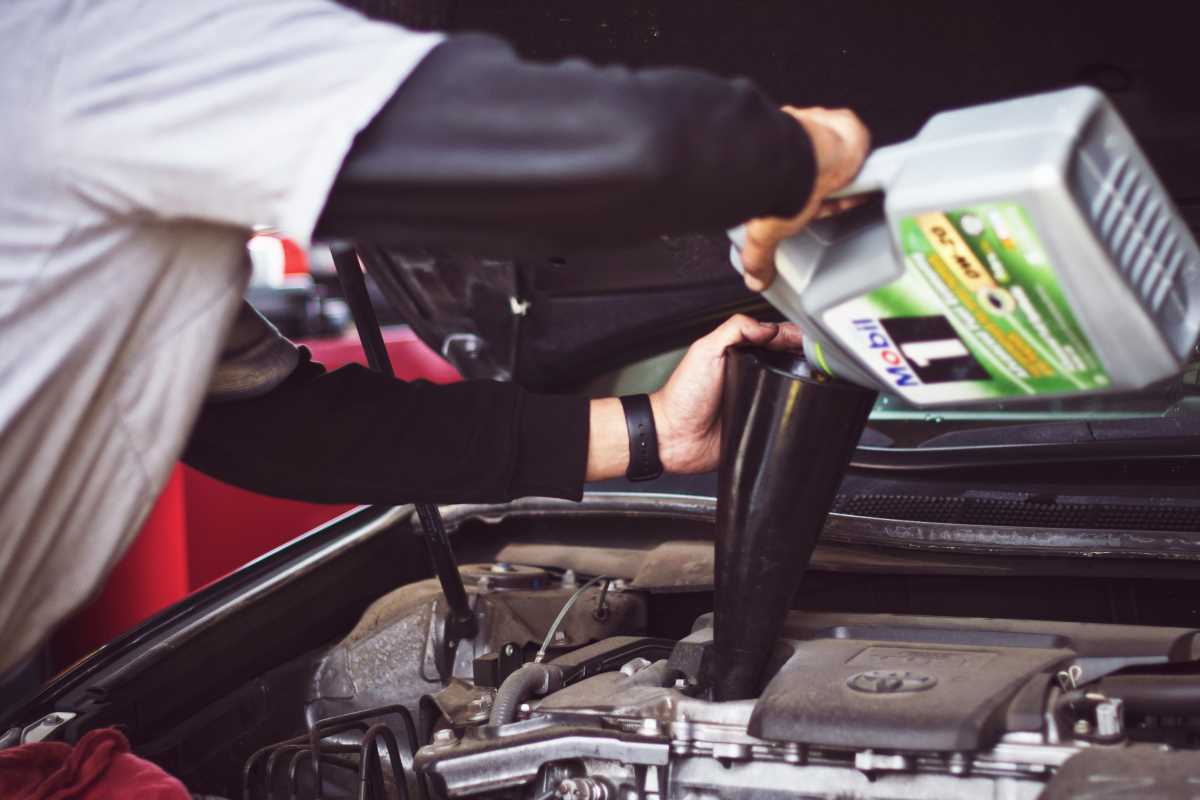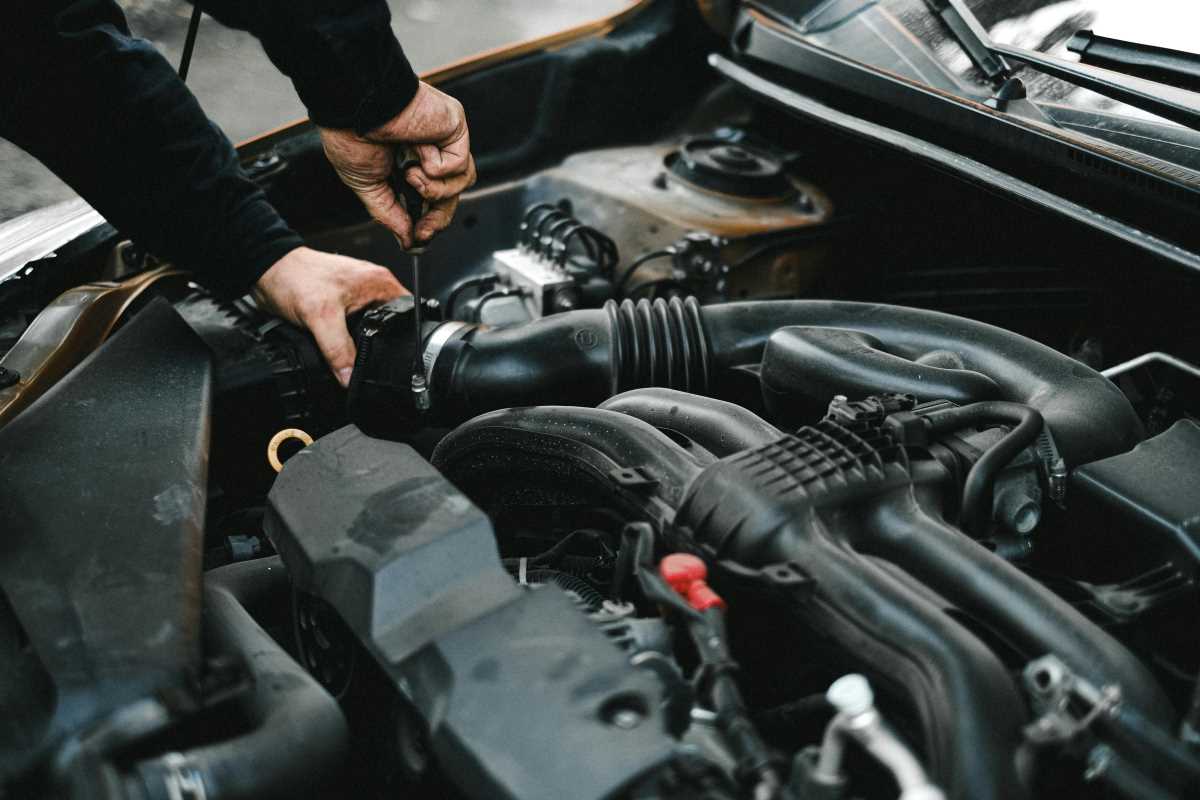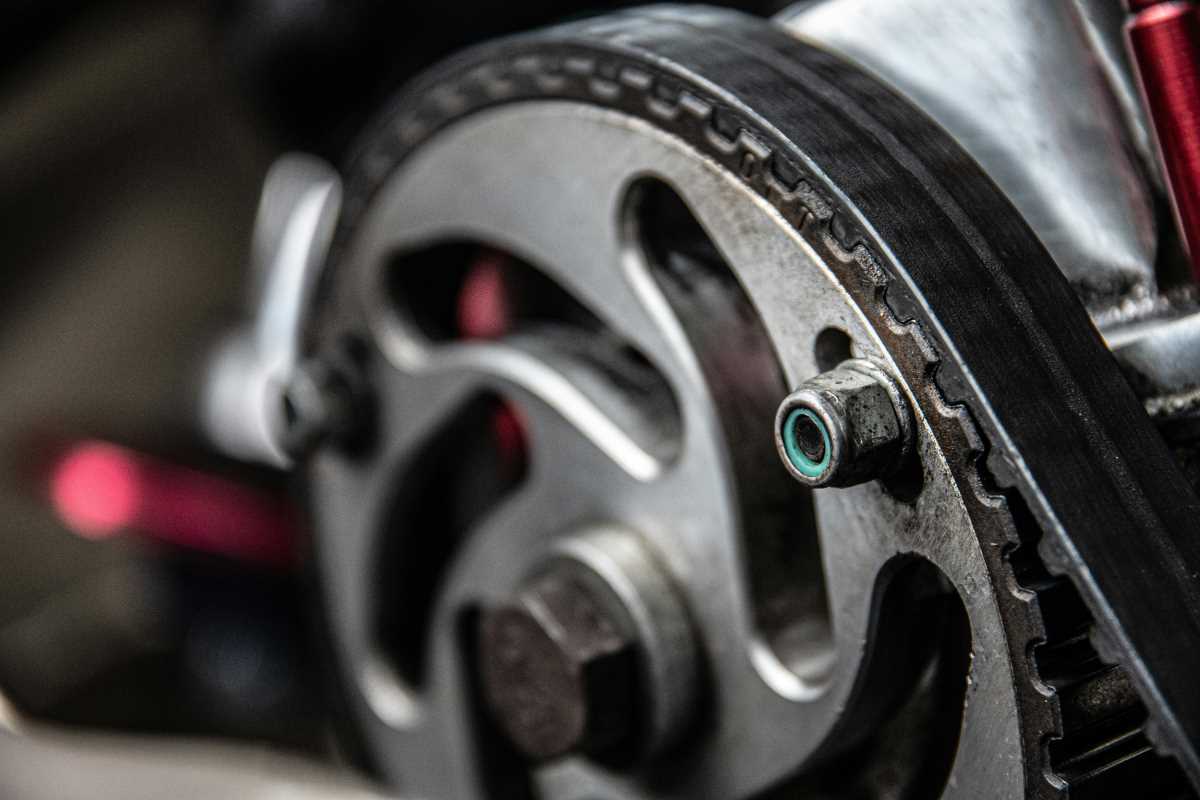Your vehicle’s fluids are like its lifeblood, ensuring that all systems run smoothly and efficiently. Neglecting these fluids can lead to wear, damage, and even breakdowns. To keep your car in excellent condition, it’s important to know which fluids need attention, how to maintain them, and what warning signs to watch for. This FAQ guide covers the essential car fluids every driver should be concerned about and offers practical advice on keeping them in check.
Engine Oil
What Does Engine Oil Do?
Engine oil lubricates the moving parts of your engine, reducing friction and preventing overheating. Without it, your engine could seize and suffer permanent damage.
- Functions:
- Lubricates engine components
- Provides cooling by carrying heat away
- Prevents rust and corrosion
How Do You Check Engine Oil Levels?
Checking your oil is simple and takes only a few minutes.
- Park on level ground and turn off the engine. Wait a few minutes for the oil to settle.
- Locate the dipstick: Pull it out, wipe it clean, and reinsert it fully.
- Withdraw the dipstick again and check the level. Ensure it’s between the “min” and “max” markers.
- Observe the oil’s color and texture. Fresh oil is amber and smooth, while old oil looks dark and gritty.
When Should You Change Engine Oil?
Change your oil every 5,000 to 7,500 miles or as recommended in your owner’s manual. Using synthetic oil? You may be able to go 10,000 miles or more between changes.
Signs of trouble:
- Low oil level or frequent top-offs required
- Sludge buildup on the dipstick
- Engine knocking sounds
If you notice these issues, address them immediately to protect your engine.
Coolant
What Is Coolant’s Role in Your Car?
Coolant, also known as antifreeze, regulates your engine’s temperature, preventing it from overheating in summer and freezing in winter.
- Functions:
- Absorbs heat to keep the engine cool
- Protects against freezing and rust damage
How Do You Check Coolant Levels?
- Wait for the engine to cool down to avoid burns.
- Locate the coolant reservoir (usually a clear plastic tank with “min” and “max” lines).
- Ensure the coolant is within the recommended range. If it’s low, top it off with the appropriate coolant for your car.
When Should Coolant Be Replaced?
Flush and replace your coolant every 30,000 to 50,000 miles or as specified in your manual. Over time, contaminants build up and reduce its effectiveness.
Signs of trouble:
- Engine overheating
- Sweet smell near the engine bay (indicating a leak)
- Visible coolant leaks under the car
Ignoring coolant issues can lead to severe engine problems, so don’t delay repairs.
Brake Fluid
Why Is Brake Fluid Essential?
Brake fluid transfers force from your brake pedal to the brake components, enabling your car to stop effectively. Without it, your braking system wouldn’t function safely.
How Do You Check Brake Fluid?
- Locate the brake fluid reservoir, typically on the driver’s side near the windshield base.
- Check the fluid level through the transparent reservoir. It should sit between the “min” and “max” lines.
- Observe the fluid color. Fresh brake fluid is clear or light yellow, while old fluid turns dark and murky.
When Should Brake Fluid Be Replaced?
Replace your brake fluid every two to three years or as recommended by your manufacturer. Over time, it absorbs moisture, reducing its effectiveness.
Signs of trouble:
- Soft or spongy brake pedal
- Brake warning light illuminated
- Fluid leaks near the wheels
If your brakes feel less responsive, have the system inspected immediately.
Transmission Fluid
What Does Transmission Fluid Do?
Transmission fluid lubricates and cools the gears in your car’s transmission, ensuring smooth shifting and efficient power delivery.
How Do You Check Transmission Fluid?
For most cars with automatic transmissions:
- Warm up the car and leave it idling.
- Locate the transmission dipstick (not to be confused with the oil dipstick).
- Pull it out, clean it, and reinsert it fully. Check the level and color. Fresh fluid is red or pink, while old fluid may appear dark or burnt.
Manual transmissions often require a mechanic to check fluid levels due to their design.
When Should Transmission Fluid Be Changed?
Change your transmission fluid every 30,000 to 60,000 miles for manual transmissions and every 60,000 to 100,000 miles for automatics. Always follow your manual’s guidelines.
Signs of trouble:
- Trouble shifting gears
- Grinding or whining sounds
- Slipping transmission
Address transmission problems promptly to prevent expensive repairs.
Power Steering Fluid
Why Is Power Steering Fluid Important?
Power steering fluid makes turning the steering wheel easier by reducing resistance and providing hydraulic pressure.
How Do You Check Power Steering Fluid?
- Locate the power steering reservoir, which is often labeled.
- Open the cap and check the fluid level against the markings.
- Inspect the fluid’s color. It should be clear, pink, or red; dark or foamy fluid indicates contamination.
When Should You Replace Power Steering Fluid?
Replace your power steering fluid every 50,000 miles, or sooner if it appears dirty. Some systems are sealed and may not require fluid changes, so check your manual.
Signs of trouble:
- Difficulty turning the wheel
- Noisy steering, especially when turning
- Low fluid levels or visible leaks
Promptly addressing issues keeps your steering system reliable.
Windshield Washer Fluid
Is Windshield Washer Fluid Really That Important?
Yes! Windshield washer fluid improves visibility by keeping your windshield clean, especially in bad weather or during bug-heavy seasons.
How Do You Refill Washer Fluid?
- Find the washer fluid reservoir, typically marked with a windshield wiper icon.
- Open the cap and pour the fluid in until it reaches the “full” line.
When Should You Use Special Washer Fluid?
Use winter-grade washer fluid in colder months to prevent freezing. Avoid using plain water, as it doesn’t clean effectively and can freeze in low temperatures.
Signs of trouble:
- Dirty windshield with no spray
- Freezing washer fluid in winter
Keep it topped off year-round to ensure clear visibility.







